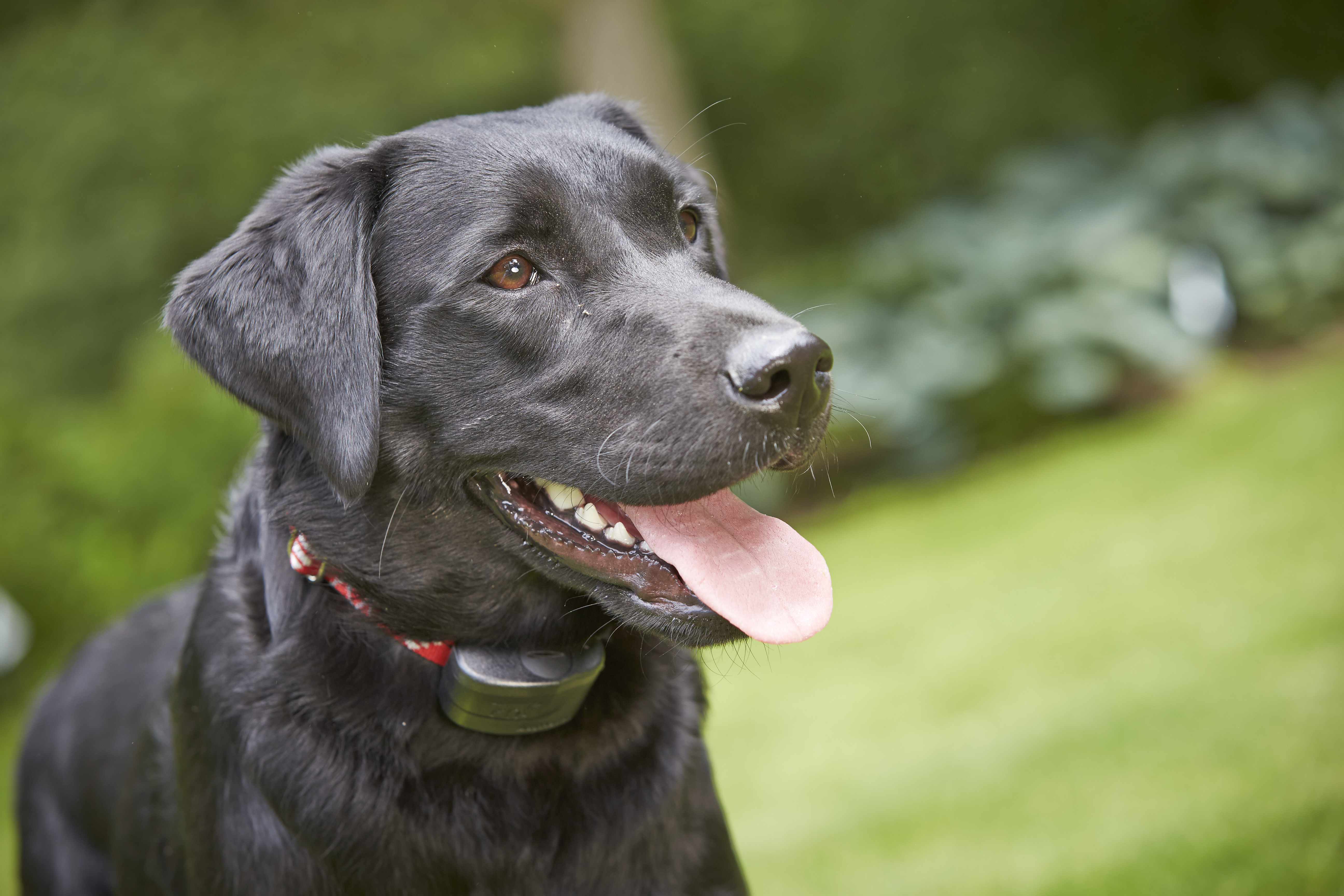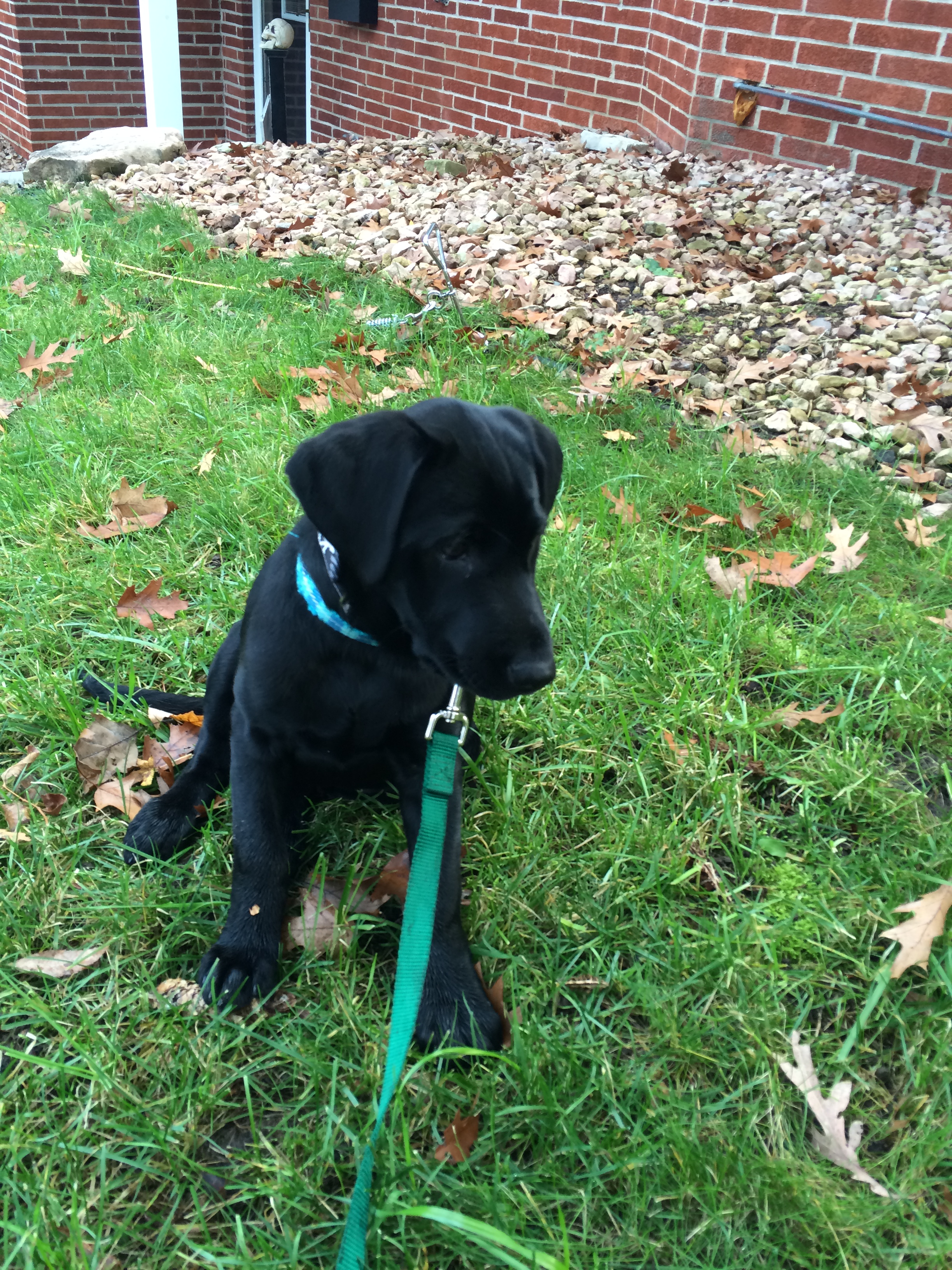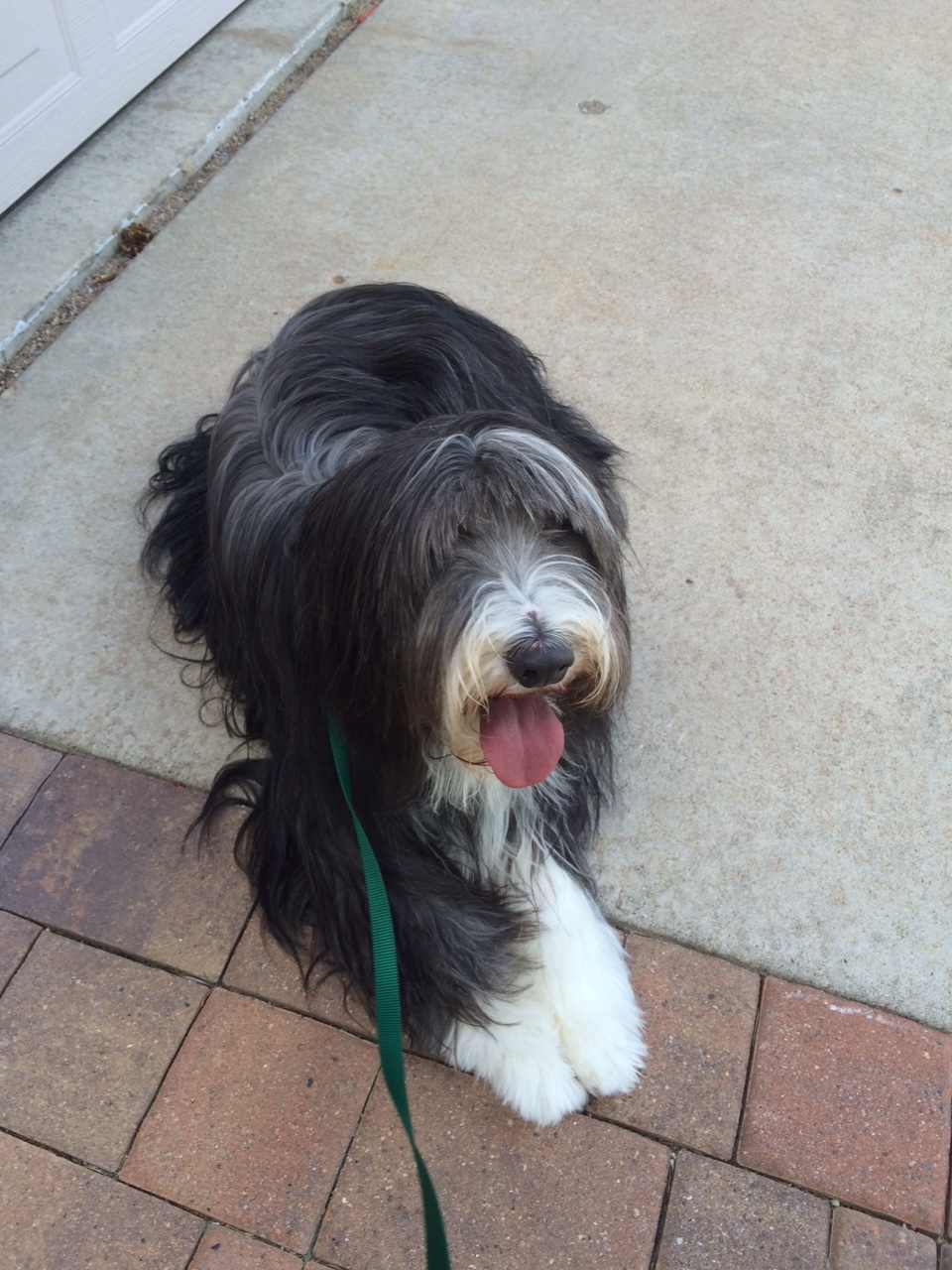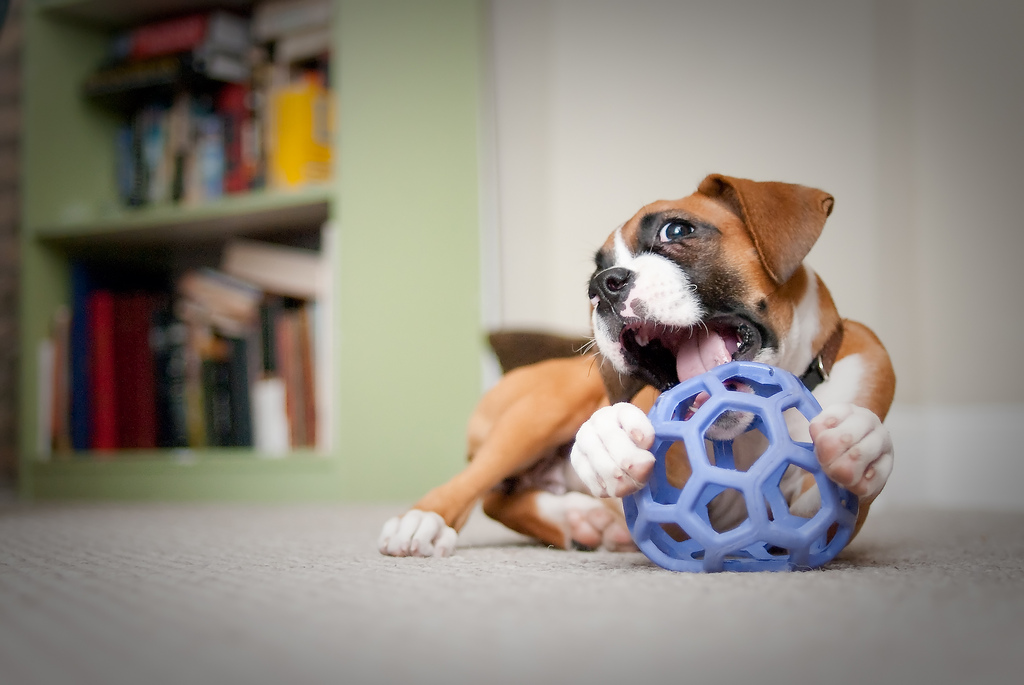
Will a Dog Fence Hurt My Dog?
We often get the question, “Can the shock from a hidden fence hurt my dog?” The simple answer is no. You don’t want to hurt your dog, and we certainly don’t either. Hidden fences are safe for all dogs and cats, and they won’t hurt your pet.
The correction a dog receives from a dog fence or other “shock collar” is actually not a shock at all. Unlike the shock you feel when you touch a physical electric fence, the correction from a dog collar is generated by a battery. The wire in the ground sends a signal to the collar, but the electricity in the wire has nothing to do with the zap.
Most receiver collars have different levels of correction – DogWatch has seven levels. The intensity gets higher as you go up, and the goal is to get your dog’s attention and startle him. But no matter how high you get, it can’t hurt your dog. His reaction will increase as the level increases, though. The feeling he feels is similar to a carpet shock or touching your tongue to a 9-volt battery.
The only way a dog’s neck can get hurt from a dog fence is if the collar stays on too long. Most receivers use metal prongs to deliver the correction, and the friction and pressure can potentially irritate your dog’s skin after prolonged wear. We suggest removing the collar each night and putting it back on in the morning to avoid irritation.
Feel free to test your dog’s collar on your own hand if you’re curious. We at DogWatch of the Twin Cities have all done it, but not always on purpose! It’s not pleasant, but it’s certainly not painful.


